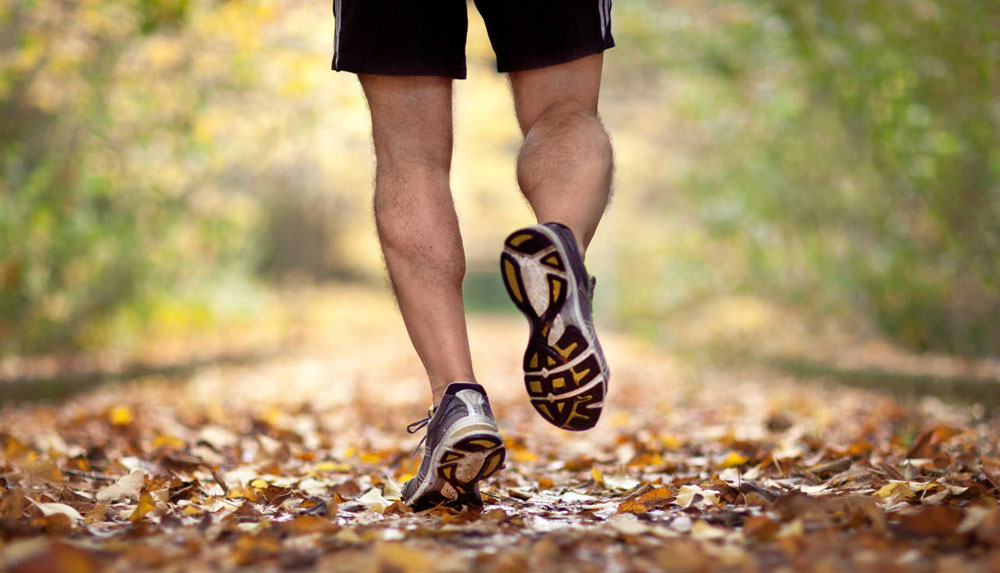
So you’ve decided to start training? Before you do, it’s important to be well informed about what shoes are good for training because if you don’t have the proper footgear it could result in injuries and downtime. The first thing you need to know before you shop for shoes is what type of feet you have such as flat feet, high arches, neutral feet and the type of pronation your feet do such as over pronate, under pronate or neutral pronation.
Although most shoe specialty stores should have knowledgeable staff to be able to find the right shoe for your type of feet, it’s best to know what type of foot you have. In addition, if you will be ordering your shoes online it’s helpful to know which shoes fit your feet better so you can gain optimal results.
Foot test and what it means
Conducting a foot test can help you determine the type of foot you have such as flat feet, high arches, or neutral feet. The foot test can be conducted by utilizing paper and water, sand or memory foam. With water and paper you will get your foot wet then step on a dry piece of paper and take note of the shape of your feet. With sand or memory foam you simply step on the sand or memory foam and take a look at your foot shape to determine what type of feet you have.
Foot test and appearance
Normal or neutral feet will not appear to have a high arch or flatness from toes to heel. When conducting and assessing the footprint test, you will notice a curve inward but not more than ¾ inch.
Flat feet will appear to have no shapes or curves. It will appear flat from toes to the heel when looking at it; you will not see an inward curve from your big toe to your heel. Most flat feet individuals are over pronators.
High arched Feet will show a curve inward and the middle part of your foot will look skinny or some parts will not have a print. These types of feet usually will have a noticeably high arch and when pushing a hand on the bottom of your foot your arch will stay firm.
Pronation
Another aspect to consider before getting running shoes is to know what type of pronation your feet have. Pronationis the reaction and response your feet have when they hit the ground either through walking, running or jumping. Depending on the type of pronation your feet have will determine the best type of shoes and shoe support you need in order to limit unnecessary injuries that could be a result of improper footwear.
Regular Pronation can support your body weight because the outside of your heel contacts the ground initially then rolls inward about 15% and it distributes the force of impact and you push off evenly from the front of the foot; this is vital for correct shock absorption.
Under pronation is when the outside of your heel makes initial contact to the ground. The inward movement of your foot is less than 15% and the force of impact occurs mostly on the smaller area of the foot and the weight is not distributed evenly. When pushing off, the smaller toes do the majority of the work. This is common in runners with high arches.
Overpronation means the outside of the heel initially contacts the ground and the foot rolls inward more than 15%. When pushing off the big toe and the toe next to it do most of the work. Usually, this is experienced by runners with low to flat arches.
Stay tuned to our blog to find out what type of shoe is ideal for the type of foot and pronation an individual has and the usual tread pattern that can help determine the type of pronation

